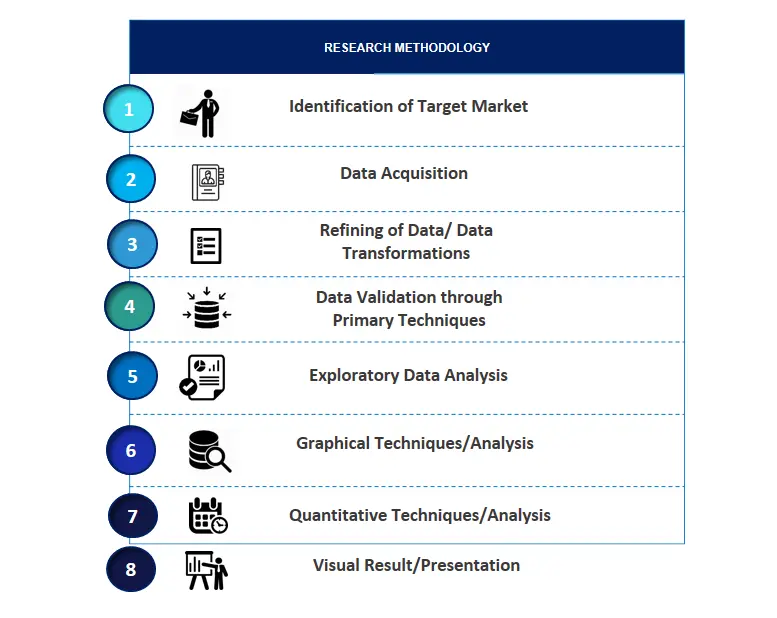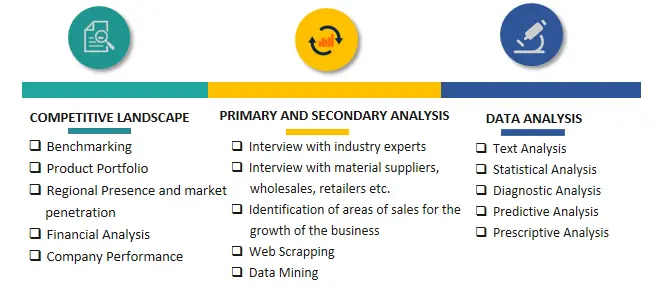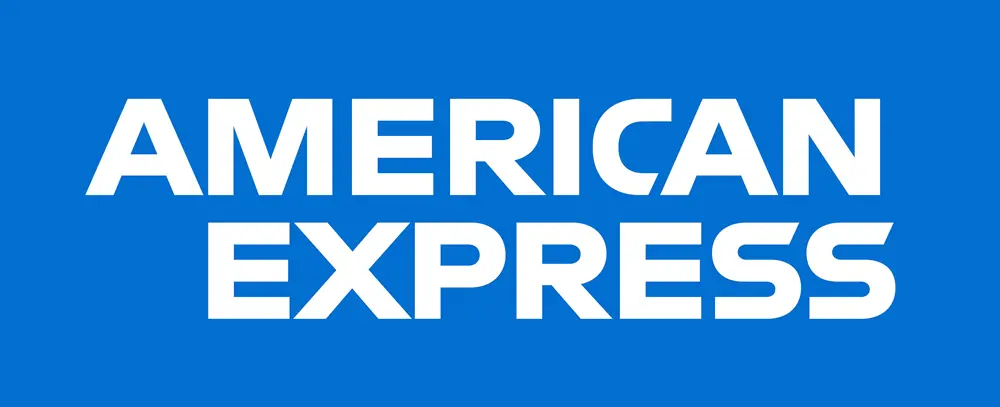
Emergency Medical Services Product Market Share, Trends, Growth, Challanges, Future Outlook
Emergency Medical Services Product Market Growth, Size, Trends Analysis - By Product, By End-User - Regional Outlook, Competitive Strategies and Segment Forecast to 2034
| Published: Jan-2025 | Report ID: HLCA2520 | Pages: 1 - 272 | Formats*: |
| Category : Healthcare | |||


- Stryker Corporation offers a wide range of medical equipment and services, including stretcher systems and AEDs, to improve patient care and efficiency for first responders.
- GE Healthcare focuses on providing medical technologies and digital solutions in the EMS segment, offering essential tools such as diagnostic imaging systems, patient monitors, and portable ultrasound systems for EMS caregivers.
- Bound Tree Medical, LLC finalized the acquisition of QuadMed in May 2024, a well-known provider to emergency medical services (EMS) agencies, fire departments, police enforcement, military units, and other healthcare professionals. QuadMed adds a strong industry reputation to the Bound Tree portfolio.
- In June 2024, Tri-Tech Forensics, Inc. purchased SAM Medical, a pioneer in medical device and trauma care solutions. SAM Medical has greatly expanded Tri-Tech's emergency medical product offering. This strategic move strengthens Tri-Tech's market position following its recent acquisition of Hartwell Medical.
| Report Metric | Details |
| Market size available for years | 2021-2034 |
| Base year considered | 2024 |
| Forecast period | 2025-2034 |
| Segments covered | By Product, By End-User. |
| Regions covered | North America, Latin America, Asia-Pacific, Europe, and Middle East & Africa. |
| Companies Covered | Stryker, Cardinal Health, McKesson Medical-Surgical Inc, Henry Schein, Inc, Medline Industries, Inc, Bound Tree, ICU Medical, Inc, GE HealthCare, BD, Penncare Inc. |
- Global Emergency Medical Services Product Market Size (FY’2021-FY’2034)
- Overview of Global Emergency Medical Services Product Market
- Segmentation of Global Emergency Medical Services Product Market By Product (Life Support & Emergency Resuscitation, Patient Monitoring Systems, Wound Care Consumables, Patient Handling Equipment, Infection Control Supplies, Other EMS Products)
- Segmentation of Global Emergency Medical Services Product Market By End User (Hospitals, Emergency Clinics, Ambulatory Surgical Centers)
- Statistical Snap of Global Emergency Medical Services Product Market
- Expansion Analysis of Global Emergency Medical Services Product Market
- Problems and Obstacles in Global Emergency Medical Services Product Market
- Competitive Landscape in the Global Emergency Medical Services Product Market
- Details on Current Investment in Global Emergency Medical Services Product Market
- Competitive Analysis of Global Emergency Medical Services Product Market
- Prominent Players in the Global Emergency Medical Services Product Market
- SWOT Analysis of Global Emergency Medical Services Product Market
- Globa Emergency Medical Services Product Market Future Outlook and Projections (FY’2025-FY’2034)
- Recommendations from Analyst
1.1. Scope of the report1.2. Market segment analysis
2.1. Research data source
2.1.1. Secondary Data2.1.2. Primary Data2.1.3. SPERs internal database2.1.4. Premium insight from KOLs
2.2. Market size estimation
2.2.1. Top-down and Bottom-up approach
2.3. Data triangulation
4.1. Driver, Restraint, Opportunity and Challenges analysis
4.1.1. Drivers4.1.2. Restraints4.1.3. Opportunities4.1.4. Challenges
5.1. SWOT Analysis
5.1.1. Strengths5.1.2. Weaknesses5.1.3. Opportunities5.1.4. Threats
5.2. PESTEL Analysis
5.2.1. Political Landscape5.2.2. Economic Landscape5.2.3. Social Landscape5.2.4. Technological Landscape5.2.5. Environmental Landscape5.2.6. Legal Landscape
5.3. PORTERs Five Forces
5.3.1. Bargaining power of suppliers5.3.2. Bargaining power of buyers5.3.3. Threat of Substitute5.3.4. Threat of new entrant5.3.5. Competitive rivalry
5.4. Heat Map Analysis
6.1. Global Emergency Medical Services Market Manufacturing Base Distribution, Sales Area, Product Type6.2. Mergers & Acquisitions, Partnerships, Product Launch, and Collaboration in Global Emergency Medical Services Market
7.1. Life Support & Emergency Resuscitation
7.1.1. Defibrillators7.1.2. Endotracheal Tubes7.1.3. Ventilators7.1.4. Resuscitators7.1.5. Laryngoscopes
7.2. Patient Monitoring Systems7.3. Wound Care Consumables
7.3.1. Dressings & Bandages7.3.2. Sutures & Staples7.3.3. Others
7.4. Patient Handling Equipment
7.4.1. Medical Beds7.4.2. Wheelchairs and Scooters7.4.3. Other Equipment
7.5. Infection Control Supplies
7.5.1. Disinfectant and Cleaning Agents7.5.2. Personal Protection Equipment7.5.3. Others
7.6. Other EMS Products
8.1. Hospitals8.2. Emergency Clinics8.3. Ambulatory Surgical Centers (ASCs)
9.1. Global Emergency Medical Services Market Size and Market Share
10.1. Asia-Pacific
10.1.1. Australia10.1.2. China10.1.3. India10.1.4. Japan10.1.5. South Korea10.1.6. Rest of Asia-Pacific
10.2. Europe
10.2.1. France10.2.2. Germany10.2.3. Italy10.2.4. Spain10.2.5. United Kingdom10.2.6. Rest of Europe
10.3. Middle East and Africa
10.3.1. Kingdom of Saudi Arabia10.3.2. United Arab Emirates10.3.3. Qatar10.3.4. South Africa10.3.5. Egypt10.3.6. Morocco10.3.7. Nigeria10.3.8. Rest of Middle-East and Africa
10.4. North America
10.4.1. Canada10.4.2. Mexico10.4.3. United States
10.5. Latin America
10.5.1. Argentina10.5.2. Brazil10.5.3. Rest of Latin America
11.1. Stryker
11.1.1. Company details11.1.2. Financial outlook11.1.3. Product summary11.1.4. Recent developments
11.2. Cardinal Health
11.2.1. Company details11.2.2. Financial outlook11.2.3. Product summary11.2.4. Recent developments
11.3. McKesson Medical-Surgical Inc
11.3.1. Company details11.3.2. Financial outlook11.3.3. Product summary11.3.4. Recent developments
11.4. Henry Schein, Inc
11.4.1. Company details11.4.2. Financial outlook11.4.3. Product summary11.4.4. Recent developments
11.5. Medline Industries, Inc
11.5.1. Company details11.5.2. Financial outlook11.5.3. Product summary11.5.4. Recent developments
11.6. Bound Tree
11.6.1. Company details11.6.2. Financial outlook11.6.3. Product summary11.6.4. Recent developments
11.7. ICU Medical, Inc
11.7.1. Company details11.7.2. Financial outlook11.7.3. Product summary11.7.4. Recent developments
11.8. GE HealthCare
11.8.1. Company details11.8.2. Financial outlook11.8.3. Product summary11.8.4. Recent developments
11.9. BD
11.9.1. Company details11.9.2. Financial outlook11.9.3. Product summary11.9.4. Recent developments
11.10. Penncare Inc
11.10.1. Company details11.10.2. Financial outlook11.10.3. Product summary11.10.4. Recent developments
11.11. Others
SPER Market Research’s methodology uses great emphasis on primary research to ensure that the market intelligence insights are up to date, reliable and accurate. Primary interviews are done with players involved in each phase of a supply chain to analyze the market forecasting. The secondary research method is used to help you fully understand how the future markets and the spending patterns look likes.
The report is based on in-depth qualitative and quantitative analysis of the Product Market. The quantitative analysis involves the application of various projection and sampling techniques. The qualitative analysis involves primary interviews, surveys, and vendor briefings. The data gathered as a result of these processes are validated through experts opinion. Our research methodology entails an ideal mixture of primary and secondary initiatives.



Frequently Asked Questions About This Report
PLACE AN ORDER
Year End Discount
Sample Report
Pre-Purchase Inquiry
NEED CUSTOMIZATION?
Request CustomizationCALL OR EMAIL US
100% Secure Payment






Related Reports
Our Global Clients
Our data-driven insights have influenced the strategy of 200+ reputed companies across the globe.




















